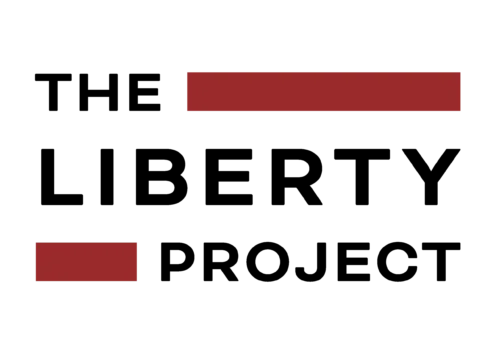Passive screen time is like eating sugar but for your brain. – Dr. Maris Loeffler
It might have happened in the run-up to the 2024 elections. Or it could have been the California wildfires. Or you just had to see how people were responding to that post of yours. Whatever the reasons, you suddenly realize you’re never off-screen.
The National Institute of Health defines screen time as “television screens, computer monitors, and…the handheld devices we use for checking email, listening to music, watching TV, and playing video games on the go.” The NIH suggests you spend up to two hours a day — outside of work — online.
That may or may not strike you as realistic but as of January 2025, 41% of American teenagers (13-18) have a screen time of more than 8 hours per day. And the effects of too much screen time are undeniable. The Your Best Health Chicago website’s list is sobering: “…physical and emotional health issues ranging from obesity and cardiovascular disease to depression, anxiety, eye strain and disrupted sleep.”
The Stanford Lifestyle Medicine site quotes Dr. Maris Loeffler, MA, Family and Marriage Therapist:
“Passive screen time is like eating sugar but for your brain. It “tastes” good, and you want it now, but you’re not actually feeding yourself. You’re not giving your brain any nutrition,” says Loeffler. “Instead, replace screen time with an intentional healthy habit that feeds your brain in a healthy way. Lifestyle medicine activities, like exercise, good sleep, social connection, and stress management, function like ‘nutrition’ for your brain and mental health.”
There’s every good reason to curtail our time online. We all know it, even if we’re hesitant to admit it. And, like you, we’ve tried and failed to reduce our time eyeballing that glowing rectangle that brings the world to you. How to actually do it? Amy Glover of Huffpost did some digging and shares what she’s learned in a recent piece.
Glover spoke with Dr. Mary Poffenroth of San José State University. The good doctor says forget timers and screen locks, all they do is make the user anxious and can increase your screen time.
Instead, Dr. Poffenroth suggests:
“To create healthier patterns, we must start extremely small (five-minute changes), stack new habits onto existing ones, and celebrate small wins, as this activates our reward pathways and reinforces the new behavior.” Build your screen-breaks around “the body’s natural 90-120 minute focus-rest cycle.”
Before you jump online to find out just how to do that, Ellen Scott at Stylist consulted Kyle Taylor, author of The Little Black Book of Social Media, and compiled a list of seven strategic ways to reduce your screen time. They are:
CONSCIOUSLY PLAN OUT YOUR SOCIAL MEDIA USE FOR THE DAY
BREAK THE HABIT OF LOOKING AT YOUR PHONE THE MOMENT YOU WAKE UP
SCHEDULE IN SCREEN-FREE TIME
USE YOUR PHONE’S INBUILT LIMITS
DELETE THE APPS
REDUCE THE NUMBER OF PLATFORMS YOU USE
GET IN TOUCH WITH YOUR FRIENDS DIRECTLY
These suggestions strike this reader as really useful – the kind of small changes that ultimately result in the new habits Dr. Poffenroth mentions in Glover’s Huffpost piece.
As with any habitual behavior, the key to altering it is to become aware of it. Every bit of advice you come across tells you that. No matter how you do it — apps, screen locks, scheduled breaks, any or all or none of the suggestions above — the time to do it is now.
And if that doesn’t work try some of these handy apps: StayFocusd, Moment, Flipd, and RescueTime. Although using an app to break your digi-addiction may feel counter-intuitive, they’re worth a try!





